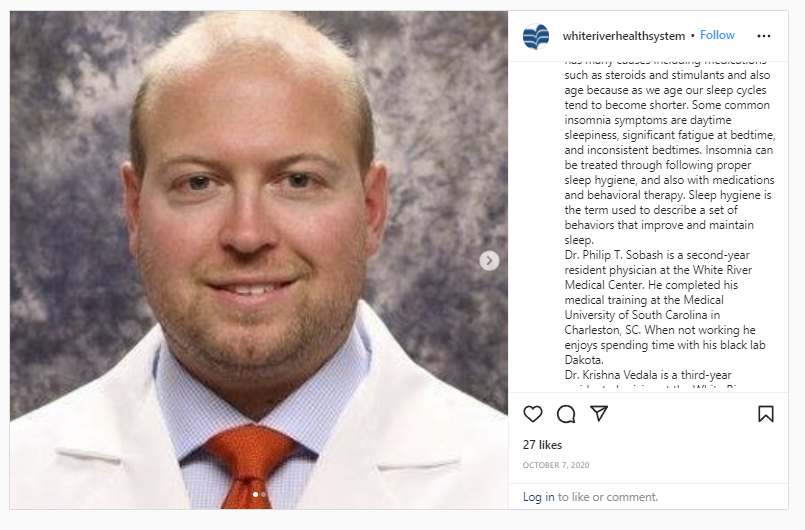
Dr. Philip Sobash provides patients with knowledge about promoting their health, preventing diseases, and developing healthy habits
Dr. Philip Sobash brings together the functions of various specialists; in this way, he can prevent a patient from overlapping several treatments that are harmful to him. As an internal medicine specialist, he treats many pathologies since he is trained to indicate an effective treatment that solves the health problems of adults.
Internal medicine is a specialty in great demand today. It is mainly dedicated to the comprehensive care of adult patients, from puberty to old age. This care is carried out in those cases that do not require surgical intervention and are usually carried out in public, private, or outpatient health centers to receive a diagnosis and treatment of diseases that affect the internal organs and systems.
Dr. Philip Sobash applies scientific knowledge and clinical experience in diagnosing, treating, and humane care of adults across the full spectrum, from health to complex diseases.
Comprehensive patient care
Internists provide patients with knowledge about promoting their health, disease prevention, and development of healthy habits, mental health disorders, and substance abuse, as well as the effective treatment of common problems in the ears, eyes, skin, reproductive organs, and nervous system.
Dr. Philip Sobash, a specialist in internal medicine, offers a comprehensive vision of the sick patient, examining him as a whole. This internist is capable of diagnosing and treating ninety percent of health pathologies that a person can present.
There is no better prepared for the comprehensive care of people from the second decade of life than Dr. Philip, using the expert medical evaluation of the patient as a working platform, which begins with taking a careful medical history.
He does an excellent teaching job
It is characteristic of scientific curiosity and the permanent updating of Dr. Philip Sobash through books, periodical scientific magazines, conferences, workshops, and scientific congresses, and in recent years through the Internet. His teaching role extends beyond the classroom and teaching at the patient’s bedside to integrate therapeutic education teams for chronic patients and the community at risk of suffering from them.